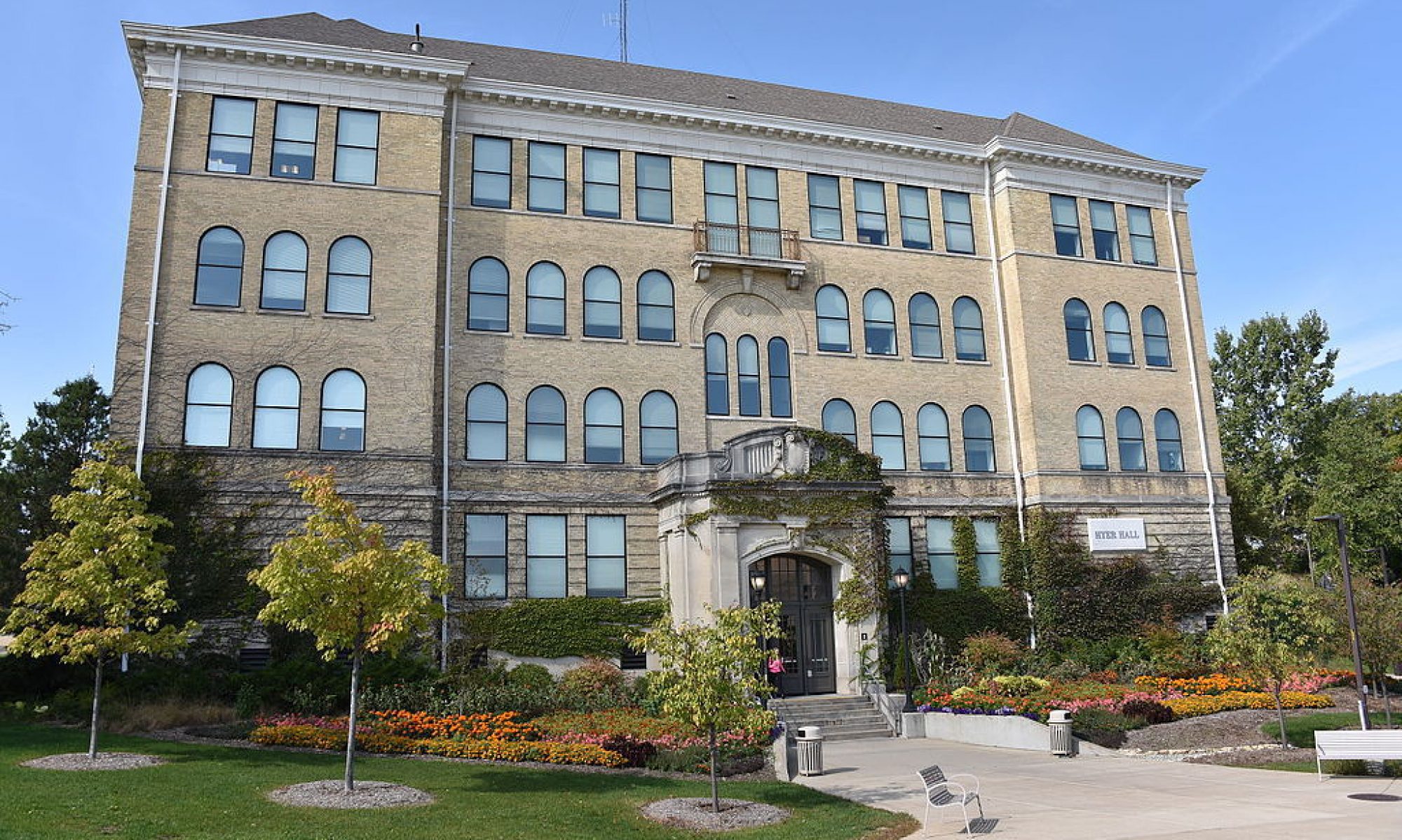
Although not every student has to borrow money for college, most leave school with some level of student debt. It’s important to keep a running total in order to make future debt decisions and to develop a repayment strategy.
Finding the Balance on Federal Student Loans. The National Student Loan Data System (NSLDS) is managed by the Department of Education, and gives information on how much you owe in federal student loans. You can use the NSLDS to obtain your original loan amount, current balance, interest owed, and name of loan servicer. When accessing information, you will need your Federal Student Aid (FSA) ID, which is the same ID used when completing the FASFA.
Finding the Balance on Private Student Loans. There is not a national database for private student loans, and finding balances on these types of loans can be more challenging.
- Ask the original financial institution. If the loan has been sold to a different entity, the lender should have contact information on which company currently owns your loan.
- Ask the financial aid office: If your original lender is unable to track down your loans, call the Financial Aid Office, and they can assist with identifying who is currently managing your debt.
- Check your credit report. A credit report will list all of your current and past credit obligations, and this should include your student loans. The credit report lists the amount borrowed and loan servicer, and any further information can be obtained by contacting the loan servicer. You can obtain a free credit report from the three main credit reporting agencies using annualcreditreport.com.
For more information, you are encouraged to schedule a coaching session with the UWW Financial Literacy Center.

